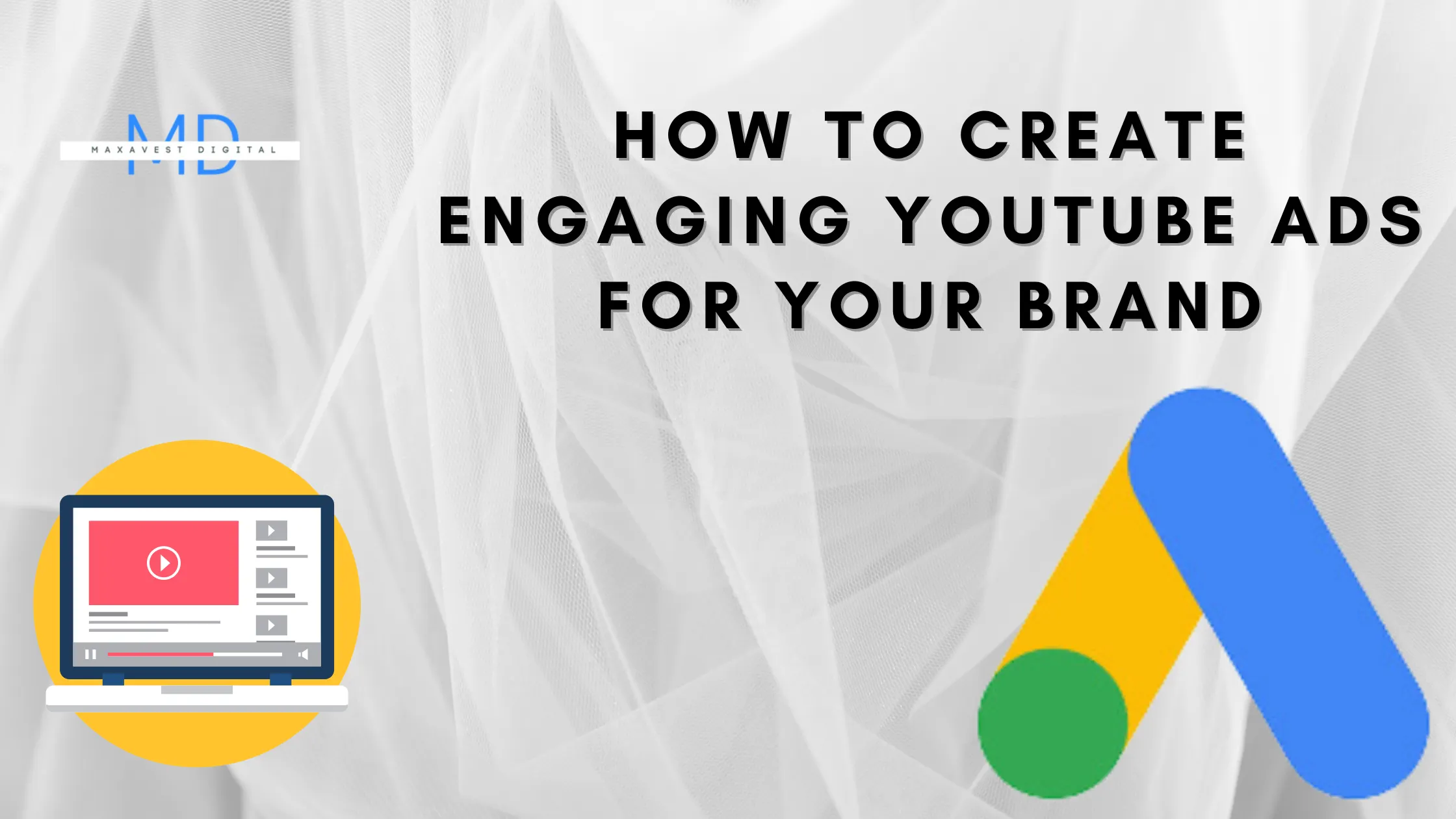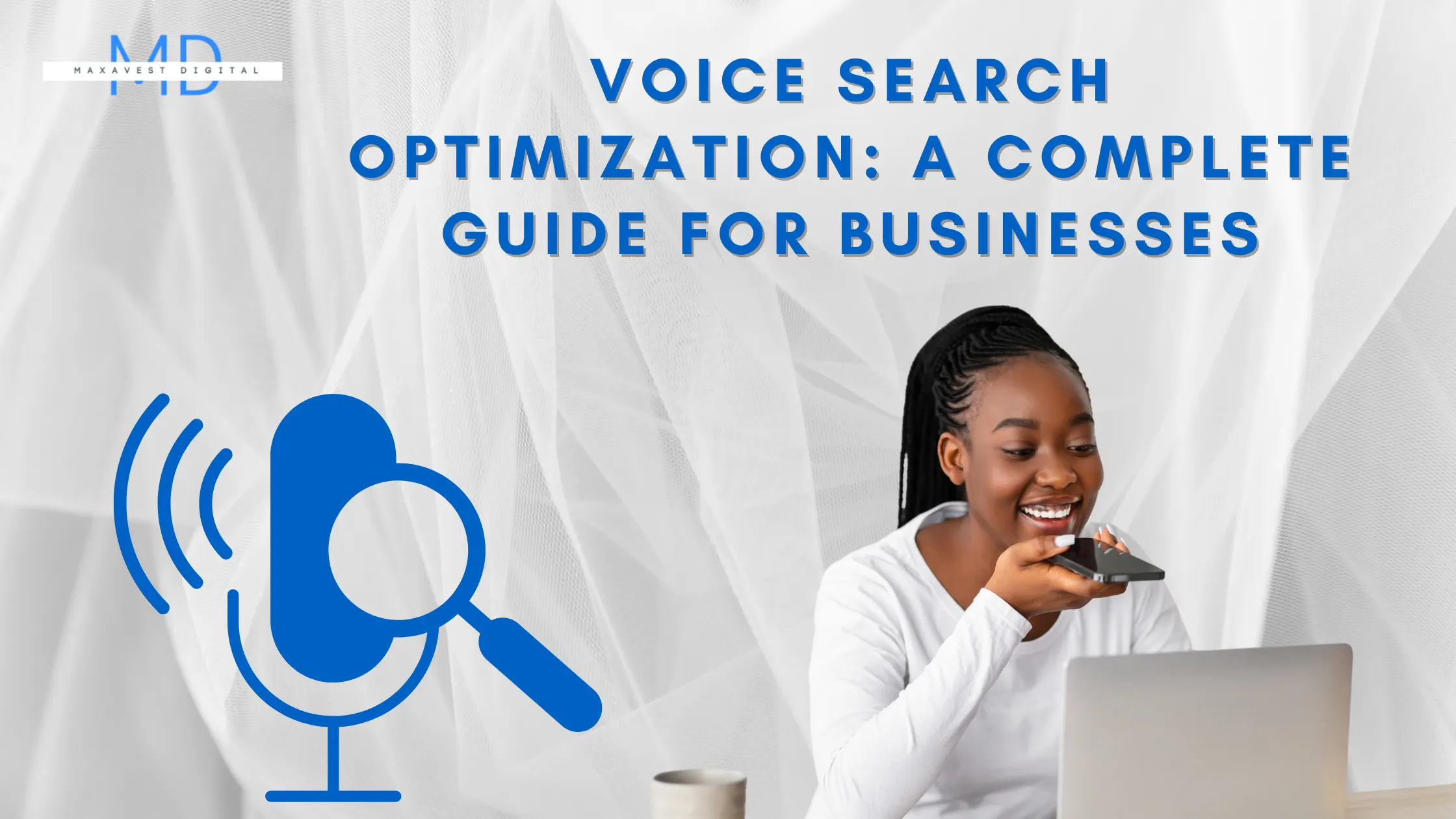Do views from Google Ads count toward monetization?

Gbenga Akinyemi
Introduction
You’ve launched a Google Ads campaign, watched the views start coming in, and now you’re wondering—are these paid views actually helping me reach my monetization goals? This is a question that many YouTube creators ask as they work to meet the platform's monetization requirements and expand their audience.
Google Ads can be a highly effective tool for driving traffic, making it seem like an easy way to boost visibility for your content. On the other hand, YouTube's monetization criteria are built around metrics like watch time and subscriber count. Naturally, creators often assume that increasing views with paid advertising will put them on the fast track to monetization. But does it really work that way?
This article will help you navigate the relationship between Google Ads and YouTube monetization, breaking down whether views generated from paid campaigns contribute to your revenue potential.
Understanding YouTube Monetization
To understand if views gained from Google Ads count toward monetization, it’s important to first grasp YouTube’s monetization framework.
YouTube provides various revenue streams for creators. The most well-known is AdSense, where creators earn money from ads shown on their videos. Other revenue options include Channel Memberships, allowing subscribers to pay a monthly fee for exclusive perks, and Super Chat, which highlights paid viewer messages during live streams.
However, to access these options, creators must meet the eligibility requirements for YouTube's Partner Program (YPP). Specifically, a channel needs at least 4,000 hours of watch time over the past 12 months and 1,000 subscribers. These thresholds ensure that only channels with genuine engagement can monetize their content.
YouTube's emphasis is on organic engagement. Metrics like organic views, comments, likes, and shares indicate real viewer interest, which YouTube's algorithm values highly. Paid traffic may offer a temporary boost, but the platform prioritizes authentic interactions for long-term success.
How Google Ads Work for YouTube Videos
Now that we’ve covered YouTube monetization basics, let’s look at how Google Ads fits into the picture.
Google Ads offers different campaign types tailored to promote videos:
TrueView In-Stream Ads: These play before or during YouTube videos and can be skipped after a few seconds.
Discovery Ads: These ads show up as video thumbnails in YouTube search results or recommended sections, inviting users to click.
Bumper Ads: These are brief, non-skippable ads that last only a few seconds and deliver a quick message.
When using Google Ads to promote a video, you’re essentially paying for specific ad placements that reach targeted viewers. But the crucial question remains: Do these paid views impact your monetization metrics?
Do Views from Google Ads Count Toward Monetization?
Here’s the bottom line: Views from Google Ads do not count toward YouTube’s monetization metrics, including watch hours and subscriber counts.
Watch Time Exclusion: The 4,000 hours of watch time required for YPP eligibility specifically excludes watch time from paid views. YouTube differentiates between organic views, generated when users actively choose to watch, and paid views, which are driven by ads. Therefore, watch time from Google Ads won’t contribute to the total needed for monetization.
Non-Organic Subscribers: The same goes for subscribers. If someone subscribes to your channel after seeing a promoted video, that subscription won’t count toward the 1,000-subscriber requirement. YouTube prioritizes subscriptions that come from viewers who engage naturally, not through paid campaigns.
Why YouTube Excludes Paid Views
This policy aims to support authentic engagement. YouTube wants creators to build real communities with viewers who are genuinely interested in their content. Paid traffic may boost visibility, but it doesn’t always equate to a loyal audience. By differentiating organic views from paid ones, YouTube’s system rewards creators who grow through real audience interaction.
Can Google Ads Indirectly Help with Monetization?
While paid views don’t count directly toward monetization requirements, Google Ads can still help grow your channel in other ways.
Building Awareness: Paid ads can significantly expand your reach, introducing your content to viewers who might not have otherwise found it. This visibility can spark curiosity, and if viewers enjoy what they see, it could lead to more organic engagement and subscriptions over time.
Driving Traffic to Monetizable Videos: While views from ads don’t count as watch hours, they may encourage viewers to explore more videos on your channel. If someone finds your content through an ad and later engages with other videos organically, that engagement does count toward monetization.
Improving Click-Through Rates (CTR): A well-targeted campaign can improve your click-through rate (CTR), which may boost your video’s ranking in YouTube’s search results. A higher CTR can signal to YouTube’s algorithm that your content is relevant and appealing, which may attract more organic views.
Best Practices for Using Google Ads with Monetization in Mind
If you’re thinking of using Google Ads to grow your YouTube channel, here are a few strategies to make the most of your investment:
1. Focus on Quality Content: Even the best ad campaign can’t replace the impact of high-quality content. To turn paid traffic into engaged subscribers, create videos that provide genuine value and keep viewers coming back for more.
2. Use ads strategically: Not every video needs promotion. Focus on promoting videos likely to drive further engagement, either by leading viewers to more of your content or inspiring them to subscribe. Think of your ad spend as an investment in sustained growth, not just a short-term spike in views.
3. Measure Success Through Engagement: The success of an ad campaign is best measured by the organic engagement it sparks. Track metrics like organic watch time, comments, shares, and subscriber growth after a campaign concludes to determine if your ads are driving meaningful, lasting traffic.
Conclusion
In conclusion, while Google Ads can be an effective tool for building visibility, they won’t directly help you meet YouTube’s monetization thresholds. Paid views do not contribute to watch hours, and subscribers gained through ads don’t count toward the 1,000-subscriber target.
Successful YouTube monetization relies on organic growth. While paid campaigns can expose your content to a broader audience, your primary focus should be on creating engaging videos that foster real interaction. Building a loyal audience takes time, but it’s the most reliable way to achieve sustainable success on YouTube.
So, use Google Ads wisely, but keep your sights on the ultimate goal: cultivating a genuine, long-term audience.


























